Description
Asthama Inhaler (Budesonide) – Asthma Prevention & Respiratory Relief
Asthama Inhaler is a corticosteroid-based preventive medication designed to manage chronic asthma symptoms including wheezing and shortness of breath. As a maintenance “preventer” treatment, it works by reducing airway inflammation when used regularly. This inhaler must be paired with a fast-acting “reliever” for acute asthma attacks. Optimal results appear gradually, with initial improvements in 3-5 days and maximum benefits developing over 2-3 weeks of consistent use. Proper inhalation technique is essential for effective medication delivery to the lungs.
Uses of Asthama Inhaler:
• Prevention of chronic asthma symptoms
• Management of exercise-induced bronchoconstriction
• Treatment of allergic respiratory conditions
• Reduction of airway inflammation
Benefits of Asthama Inhaler:
• Reduces frequency of asthma exacerbations
• Decreases reliance on rescue medications
• Improves long-term lung function
• Minimizes airway hypersensitivity
Side Effects of Asthama Inhaler:
Common effects:
• Oral thrush (candidiasis)
• Hoarseness of voice
• Throat irritation
• Cough during administration
Rare systemic effects:
• Adrenal suppression (high doses)
• Decreased bone mineral density
• Ocular changes with prolonged use
How to Use Asthama Inhaler?
1. Remove cap and shake well before each use
2. Exhale completely before administration
3. Position inhaler upright and seal lips around mouthpiece
4. Inhale deeply while pressing canister
5. Hold breath for 10 seconds after inhalation
6. Wait 30 seconds before second puff if prescribed
7. Rinse mouth thoroughly after each use
How Asthama Inhaler Works?
The active ingredient budesonide is a glucocorticoid that inhibits inflammatory cells in the respiratory tract. It prevents release of cytokines and other mediators that cause airway swelling and bronchoconstriction, thereby reducing respiratory symptoms and improving breathing over time.
Safety Advice:
• Infections: May increase susceptibility to infections
• Pregnancy: Use only if potential benefit justifies risk
• Pediatrics: Monitor growth in children
• Osteoporosis: Consider supplementation in long-term use
• Eye exams: Recommended with prolonged therapy
What If You Miss a Dose?
Take the missed dose as soon as remembered, unless it’s nearly time for the next scheduled dose. Never take extra doses to compensate for missed ones. Maintain regular dosing schedule for optimal asthma control.
FAQs:
Q1. Can Asthama Inhaler stop an active asthma attack?
No, it’s not for acute relief. Always keep a fast-acting bronchodilator (like salbutamol) available for emergency use during attacks.
Q2. How should I clean my Asthama Inhaler?
Clean the plastic case weekly with dry cloth. Never wash the metal canister. Replace mouthpiece cover after each use.
Q3. Does this inhaler affect growth in children?
At recommended doses, growth effects are minimal. Doctors monitor growth velocity in pediatric patients on long-term therapy.
Q4. Why is mouth rinsing important after use?
Rinsing removes medication residue, reducing risk of oral thrush by 60-80%. Always spit out rinse water.
Q5. When will I notice improvement?
Some patients report better nighttime symptoms within 3-5 days, but full therapeutic effect develops over 2-3 weeks.
Q6. Can I use a spacer with this inhaler?
Yes, spacers improve medication delivery by 30-50%, especially beneficial for children and elderly patients.

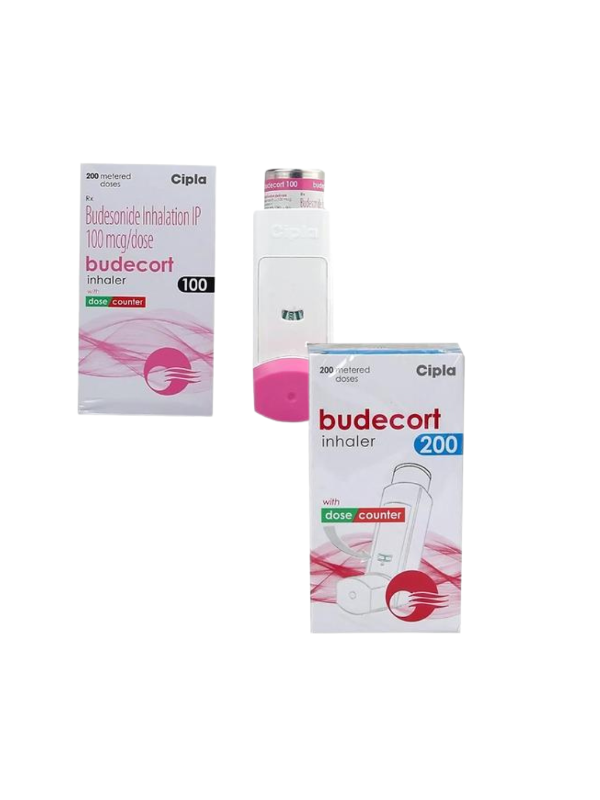
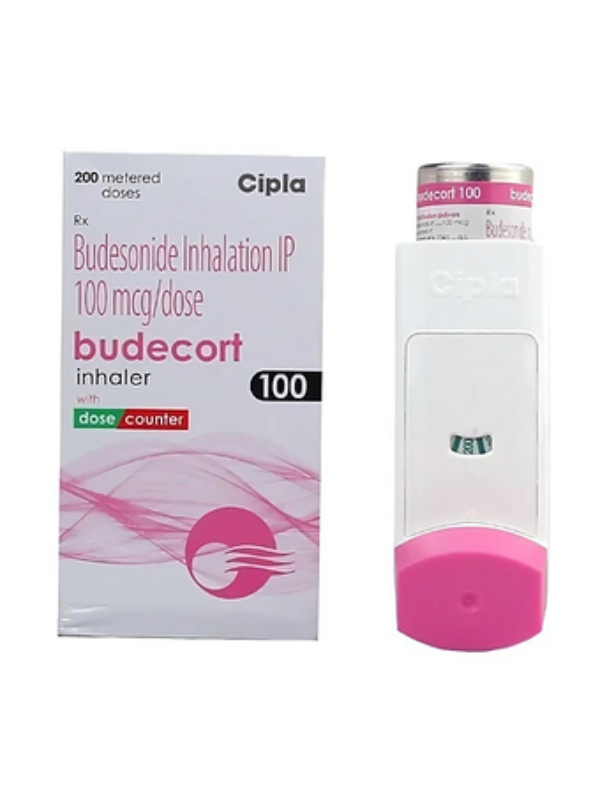
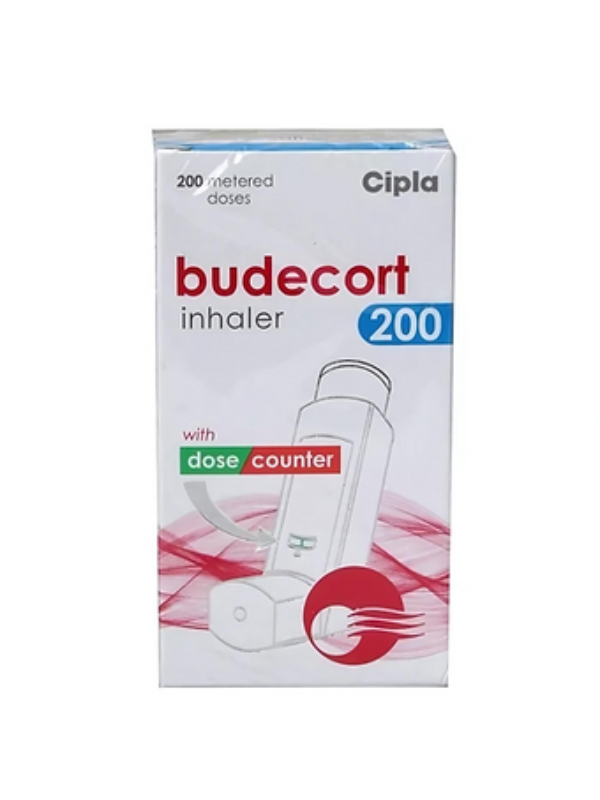
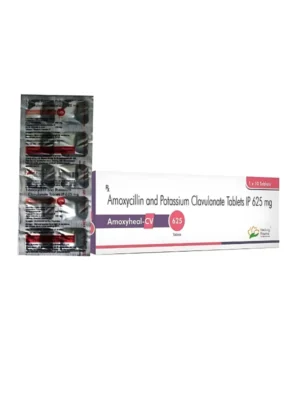


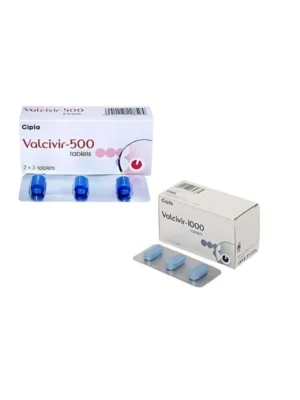
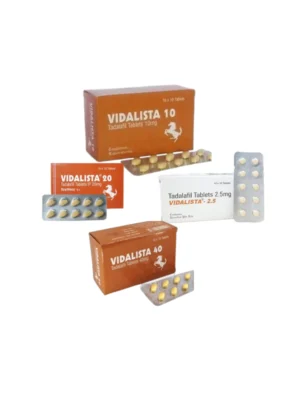

There are no reviews yet.